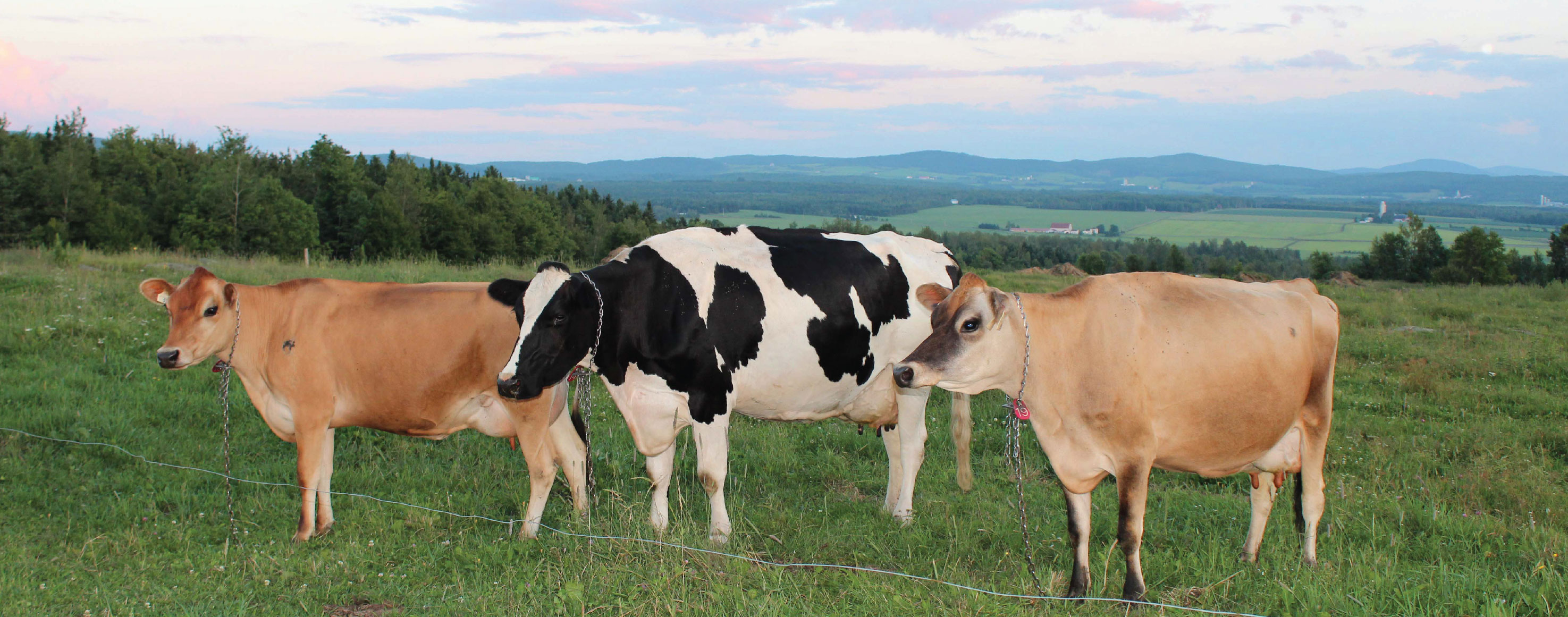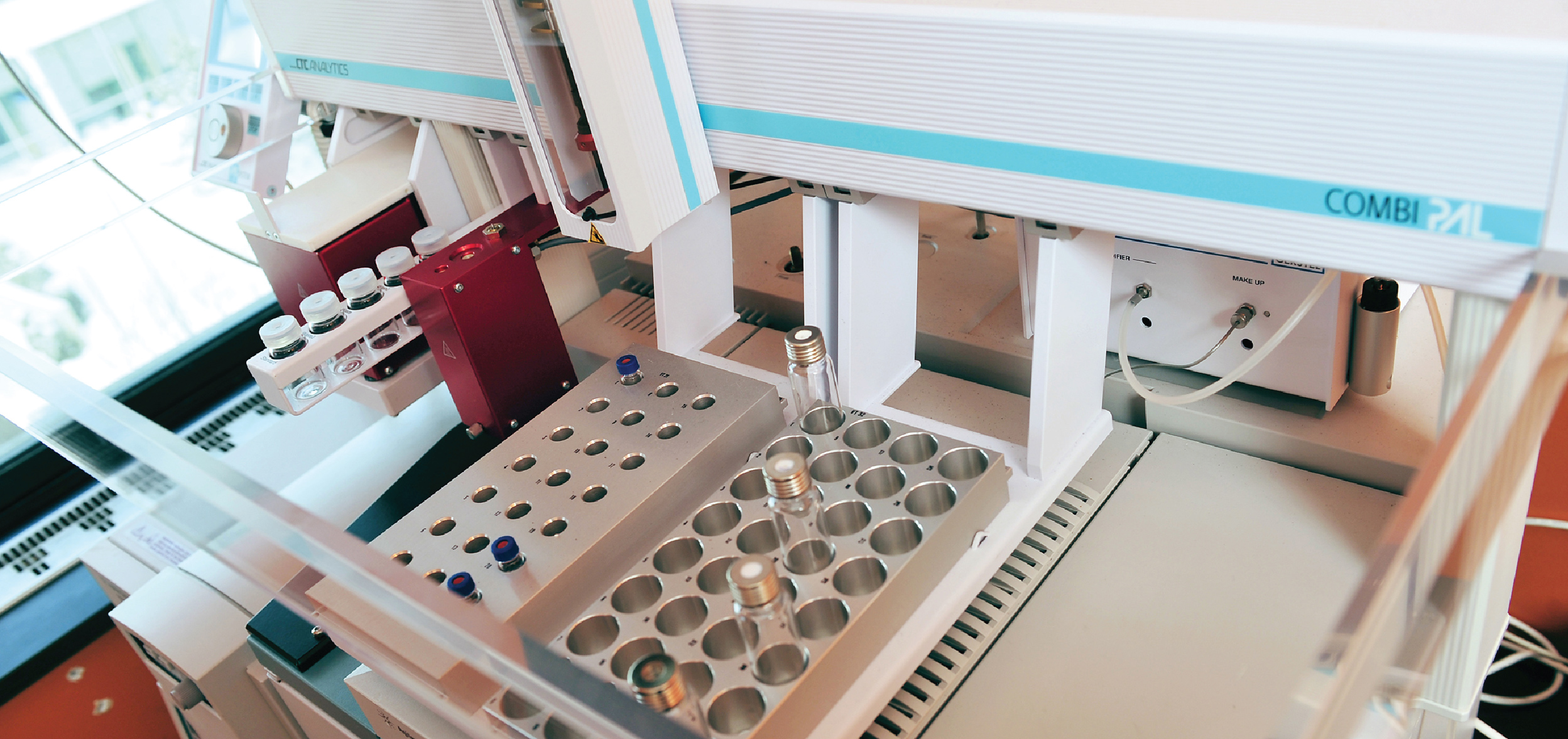Axe 2
Applications animales et médicales
De par son regroupement, le CRDSI couvre l’ensemble des secteurs d’importance pour le dépistage et le traitement de l’infertilité tout comme l’amélioration des technologies de reproduction médicalement assistée. Dans les populations industrielles, l’infertilité touche une grande partie de la population alors qu’un couple sur six vit au moins une période d’infertilité durant sa vie reproductive. Cette infertilité se définie par l’incapacité de concevoir après douze mois de rapports sexuels non protégés. Les causes d’infertilité sont multiples divisés à part quasi-égales entre les problèmes d’origine paternelle, maternelle et idiopathique où aucune cause parmi celles dépistées n’est détectée. Le vieillissement de l’âge à la procréation fait croître le recours aux technologies de reproduction médicalement assistée (insémination artificielle, stimulation ovarienne, fécondation in vitro, etc.). Cette clientèle grandissante est en bonne partie composée de couples avec un âge reproductif avancé ainsi que les couples de même sexe. Cette demande stimule l’amélioration des procédures de même que le développement de nouvelles technologies améliorant les taux de succès reproductif.
Grâce au rattachement du CRDSI à la Faculté de médecine, plusieurs chercheurs étudient la santé reproductive. Du côté mâle, ce sont les fonctions testiculaires et les mécanismes menant à la production de spermatozoïdes disposant d’un pouvoir fécondant qui sont ciblées. L’étude de ces mécanismes est étroitement liée aux causes d’infertilité masculine et par ailleurs, plusieurs chercheurs dont Robert Sullivan, François Richardet Clémence Belleannée travaillent à identifier des marqueurs de qualité spermatique ou des marqueurs non-invasifs pour le diagnostic des dysfonctions associées aux problèmes d’infertilité masculine. Du côté femelle, les travaux de Marc-André Sirard et François Richard sur la folliculogenèse font office de référence dans le domaine.
L’étude des fonctions reproductives et le développement des technologies de reproduction assistée ont également de nombreuses applications dans les productions animales. Plusieurs membres de la Faculté de médecine ont des projets axés sur des problématiques agricoles telles l’amélioration de la qualité de la semence chez le taureau alors que plusieurs membres de la Faculté des sciences de l’agriculture et de l’alimentation travaillent sur des projets ayant des applications humaines. En plus d’offrir un environnement interdisciplinaire, le CRDSI offre une riche diversité dans les programmes de recherche incluant non seulement l’humain et la souris mais également les principales espèces d’élevage, le bovin, le porc, la poule, le mouton, la chèvre et même l’abeille. Pour chaque espèce, les problématiques sont différentes mais les approches sont similaires. Par exemple, contrairement à ce qui est généralement véhiculé, l’insémination artificielle qui semble à prime abord être une technique bien maîtrisée et grandement employée ne l’est pas pour la majorité des espèces. Au Canada, plus de 95% des vaches sont reproduites par insémination artificielle afin de bénéficier de la génétique des meilleurs taureaux. Ces rendements ne sont malheureusement pas les mêmes pour les autres espèces d’élevage où la congélation de la semence n’est pas aussi efficace. Par exemple, la congélation de la semence porcine mène à une grande mortalité des spermatozoïdes où près de 90% d’entre eux ne sont plus motiles post-congélation. Par conséquent, l’insémination artificielle en production porcine nécessite l’utilisation de semence fraîche ce qui limite la gestion des effectifs génétiques autant du point de vue de la distribution de la semence que de la préservation de la génétique. Même chez le mouton et la chèvre qui sont aussi des ruminants n’ont pas d’aussi bons taux de survie post-congélation. Il existe donc des besoins importants dans l’amélioration de cette technique au bénéfice de l’industrie agricole. Janice Bailey travaille de concert avec les regroupements de producteurs agricoles afin de trouver des solutions pour améliorer la cryopréservation de la semence.





